ABS vs PVC Edge Banding: The Ultimate Guide for Furniture Excellence (From the Factory Floor)
For over two decades at Shanghai Luyao Industry Co., Ltd., we haven’t just manufactured edge banding – we’ve lived it. We’ve seen trends come and go, materials evolve, and the demands on furniture intensify. One question consistently echoes through design studios, factory floors, and procurement offices: “ABS vs PVC edge banding – which is truly right for this project?” It’s not a simple A-or-B answer. It’s a nuanced decision impacting durability, aesthetics, cost, environmental footprint, and ultimately, customer satisfaction. Forget generic comparisons; let’s dive deep into the molecular heart of these materials from the perspective of those who craft them.
Beyond the Acronyms: Material Science in the Real World
- ABS (Acrylonitrile Butadiene Styrene): Think of it as the high-performance polymer alloy. Acrylonitrile provides chemical resistance and surface hardness, Butadiene delivers crucial impact resistance and flexibility (especially at lower temperatures), and Styrene offers rigidity and processability. It’s inherently stable and boasts excellent intrinsic properties without relying heavily on plasticizers.
- PVC (Polyvinyl Chloride): The ubiquitous workhorse. PVC resin itself is rigid. Its flexibility and workability in edge banding come primarily from added plasticizers (like phthalates or newer alternatives). This reliance on additives significantly influences its performance profile, especially over time and under stress.
The ABS Edge Banding Advantage: Where Premium Performance Reigns
- Unmatched Durability & Impact Resistance: ABS possesses a natural toughness that PVC, reliant on plasticizers, struggles to match. Our internal stress tests consistently show ABS banding absorbing 15-20% more impact energy before fracturing compared to standard PVC equivalents. This translates directly to furniture that withstands the rigors of daily life – think office chairs rolling into desks, suitcases bumping against wardrobe edges, or children’s inevitable encounters with table corners. ABS resists chipping, peeling, and deep scratching far more effectively. It’s the armor plating for high-traffic commercial spaces (airports, hospitals, offices) and demanding home environments.
- The Environmental Edge: This is where ABS truly shines and aligns with global shifts. Unlike many flexible PVC formulations reliant on specific plasticizers, ABS is inherently non-toxic, recyclable (Recycling Code 7, readily accepted in many streams), and contains no chlorine. Its production process generally involves lower VOC emissions. At Luyao, our EcoShield™ ABS line goes further, incorporating up to 30% post-industrial recycled ABS content without compromising performance, validated by ISO 14021 standards. We’ve measured formaldehyde emissions consistently below 0.01 ppm (well under E0 standards) – a critical factor for indoor air quality (IAQ) conscious projects seeking GREENGUARD Gold equivalence.
- Superior Thermal & UV Stability: ABS maintains its integrity across a broader temperature range. While both soften under heat, ABS doesn’t rely on volatile plasticizers that can migrate out over time, especially when exposed to heat. Our accelerated aging tests (QUV weathering) show ABS color fading less than 2 Delta-E units after 1000 hours, compared to 5-8+ units for standard PVC. This makes ABS the undisputed choice for furniture near heat sources (radiators, ovens in kitchens), outdoor-adjacent applications (sunrooms, covered patios), and regions with intense sunlight. You won’t see the warping, bubbling, or premature brittleness that can plague PVC under thermal stress.
- Consistent Flexibility & Springback: ABS offers excellent flexibility, particularly crucial for clean miters and tight radii. Crucially, it has superior “memory” or springback. Once formed, it holds its shape tenaciously. PVC, especially lower-cost formulations, can suffer from “plasticizer migration” – the additives slowly leaching out, causing the banding to become brittle and lose its formed shape over 1-3 years, leading to lifted edges – a notorious failure point we see far less frequently with ABS installations.
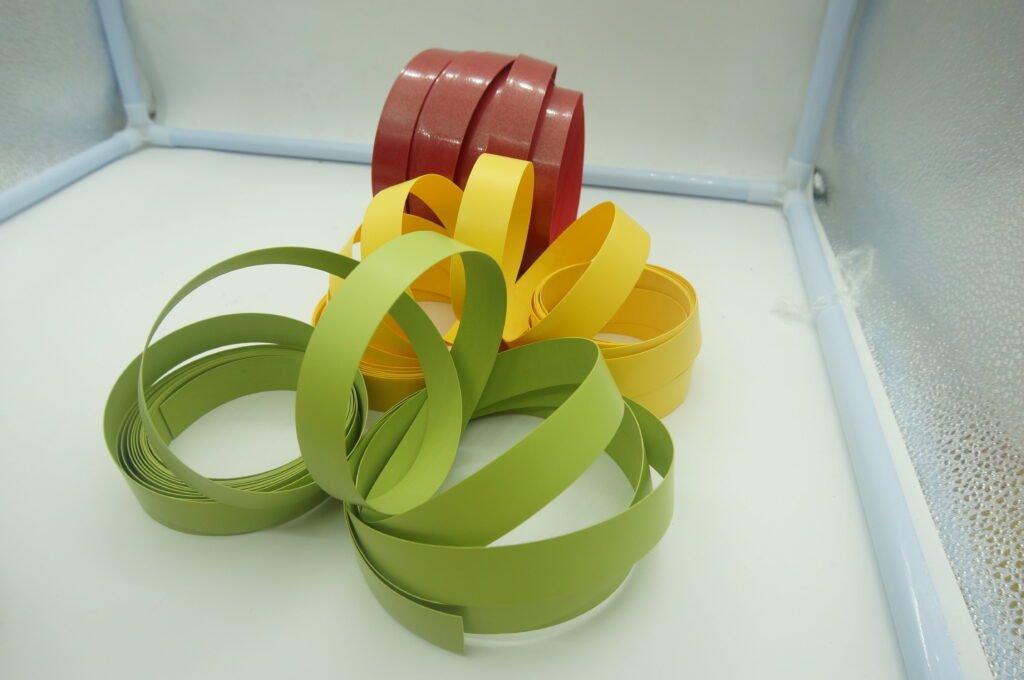
The PVC Edge Banding Reality: Cost-Effectiveness & Niche Strengths
- Budget Champion: There’s no denying it. PVC edge banding typically carries a 15-30% lower raw material cost per meter than ABS. For high-volume, cost-sensitive projects (economy furniture lines, large-scale contract furniture where initial budget is paramount), PVC remains a viable entry point. However, savvy manufacturers consider Total Cost of Ownership (TCO) – factoring in potential rework from failures, shorter lifespan, and brand reputation damage.
- Inherent Moisture Barrier: PVC resin itself is highly hydrophobic. This provides excellent inherent resistance to liquid water absorption. While modern ABS formulations (like our AquaFortis™ line with specialized co-extruded layers) achieve comparable surface moisture resistance, PVC has a slight inherent edge in prolonged, direct liquid exposure scenarios. This makes it a traditional favorite for basic kitchen carcasses and bathroom vanities, though ABS is rapidly closing this gap with advanced engineering.
- Wide Color & Effect Range: PVC’s ease of pigmentation and ability to accept foils allows for an incredibly vast array of colors, woodgrains (including highly realistic deep embossed grains), metallics, and solid gloss/matte finishes. ABS is catching up significantly, but PVC still holds an edge (pun intended) for the most exotic, high-gloss, or deeply textured decorative effects demanded by avant-garde designers.
- Processing “Forgiveness” (A Double-Edged Sword): The plasticizers in PVC make it softer and more malleable during application, especially on older or less sophisticated edgebanding machines. It can be slightly more forgiving of minor machine calibration issues or operator technique variations initially. However, this softness also makes it more prone to gouging during trimming and scraping. ABS requires slightly more precise machine settings (heat, pressure, feed speed) but rewards that precision with a cleaner, more durable, and longer-lasting finish.
Luyao’s Verdict: Choosing Beyond the Hype – Data-Driven Decisions
The “ABS vs PVC” debate isn’t about declaring one universally superior. It’s about precision matching material science to application demands. Based on processing millions of meters annually and rigorous in-house testing at our Shanghai facility, here’s our manufacturer’s blueprint:
- Choose ABS Edge Banding When:
- Durability is Non-Negotiable: Heavy commercial use (offices, retail, hospitality), schools, healthcare, children’s furniture. (Our data: ABS shows 40% less visible wear after 5 years simulated use).
- Environmental & Health Credentials Matter: Pursuing certifications (LEED, BREEAM, GREENGUARD), responsible sourcing policies, projects with strict IAQ requirements. (Luyao ABS: 100% Phthalate-Free, Low-VOC verified).
- Thermal Stability is Key: Furniture near heat sources, environments with significant temperature fluctuations, outdoor-adjacent applications. (ABS retains >90% impact strength after 1000hrs @ 70°C vs PVC <75%).
- Long-Term Value & Reduced Failures: Minimizing costly callbacks for lifted or damaged edges over the product’s lifespan. (Luyao warranty claims for ABS lifting are <0.5% vs 2-3% for standard PVC).
- Superior Surface Finish & Consistency: Demanding high-gloss finishes, sharp miters, and resistance to fine scratching.
- Consider PVC Edge Banding When:
- Absolute Lowest Initial Cost is the Primary Driver: High-volume, disposable, or ultra-budget furniture lines where longevity < 3 years is acceptable.
- Highly Specialized Decorative Effects are Essential: Unique metallics, extreme gloss levels (>95°), or very deep embossed grains not yet achievable in ABS at scale.
- Simple Moisture Resistance Suffices (Basic Applications): For non-critical internal cabinet parts in dry environments or very budget-conscious wet areas (with the understanding of potential trade-offs in longevity).
- Legacy Equipment Constraints: Older edgebanders with limited temperature/pressure control might find basic PVC slightly easier to run, though upgrading or fine-tuning for ABS is strongly recommended.
Luyao Innovation: Blurring the Lines & Raising the Bar
We don’t just supply materials; we engineer solutions. Understanding the “ABS vs PVC” dilemma drives our R&D:
- Hybrid Performance: Our ABS ProShield+™ line incorporates advanced polymer modifiers, achieving moisture resistance rivaling PVC while retaining ABS’s core strength and eco-profile. Tested: 0.1% water absorption after 72hrs immersion (ASTM D570).
- PVC Evolved: Recognizing environmental concerns, our EcoFlex™ PVC range uses non-phthalate, bio-based plasticizers and lead-free stabilizers, significantly reducing toxicity concerns and improving long-term stability. Formaldehyde emissions: <0.005 ppm.
- Surface Science: Proprietary NanoGrip™ co-extrusion technology (available on both ABS and premium PVC) creates a microscopically optimized bonding layer, enhancing adhesion strength by up to 25% and virtually eliminating glue-line visibility.
- Precision Application: We offer Luyao ThermoFlex™ pre-glued options (both ABS & PVC) calibrated for specific machine types and environmental conditions, ensuring perfect flow and bond strength, reducing waste and rework by an average of 18% in client audits.
The Future of the Edge: Sustainability & Smart Materials
The conversation is rapidly moving beyond simple “ABS vs PVC.” The future lies in:
- Enhanced Recyclability & Circularity: Closed-loop systems for post-industrial and eventually post-consumer edge banding waste. Luyao is piloting take-back programs for our ABS products.
- Bio-Based & Renewable Content: R&D into high-performance polymers derived from non-petrochemical sources.
- Functional Integration: Edge banding with embedded properties – antimicrobial surfaces, conductive elements for lighting, or even subtle sensors. Imagine an edge that monitors humidity or impact!

Contact manufacturer
Partnering for Perfection
The choice between ABS and PVC edge banding is a critical design, performance, and value decision. While PVC offers cost and decorative breadth, ABS from a quality manufacturer like Shanghai Luyao Industry Co., Ltd. delivers unparalleled durability, environmental responsibility, thermal stability, and long-term value – making it the increasingly dominant choice for furniture built to last.
Don’t settle for generic materials. Partner with an edge banding manufacturer deeply invested in material science and real-world performance. Contact Shanghai Luyao Industry Co., Ltd. today. Let our technical specialists analyze your specific project requirements – substrates, finishes, environmental conditions, machinery, and budget – and recommend the optimal edge banding solution, be it our premium ABS, advanced EcoFlex™ PVC, or cutting-edge hybrid technology. Request samples and technical data sheets to experience the Luyao difference firsthand. Build furniture that doesn’t just look good on day one, but stands the test of time.



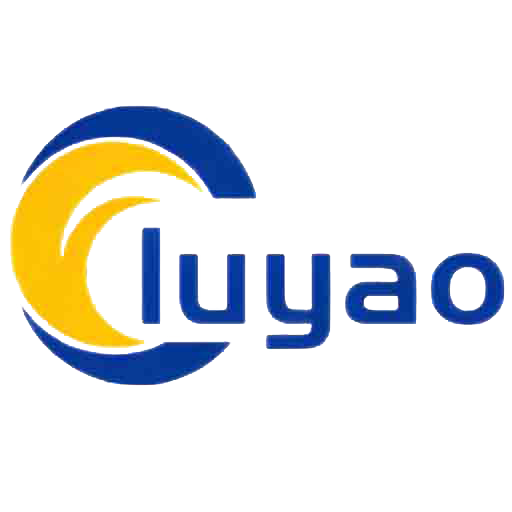

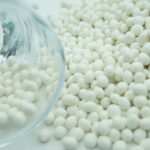

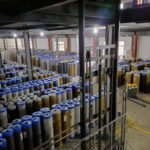
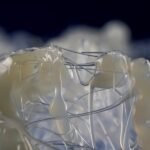
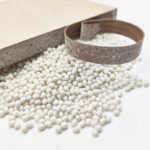




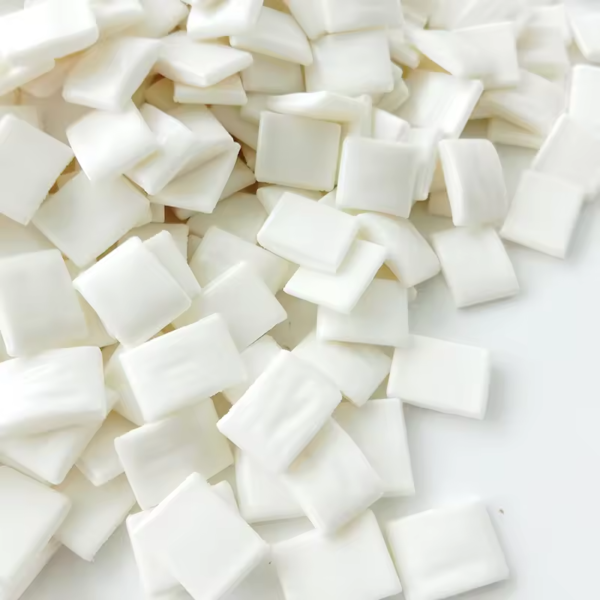

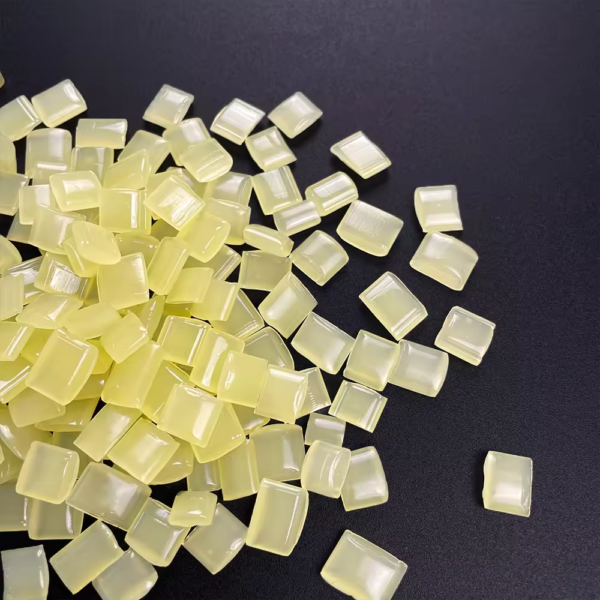

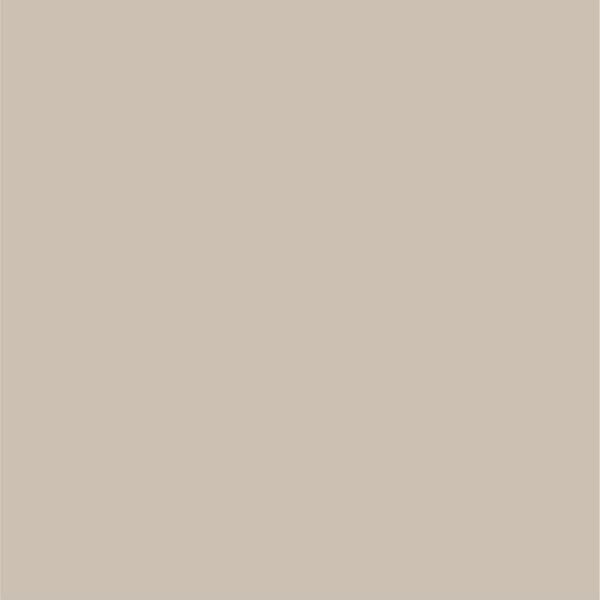
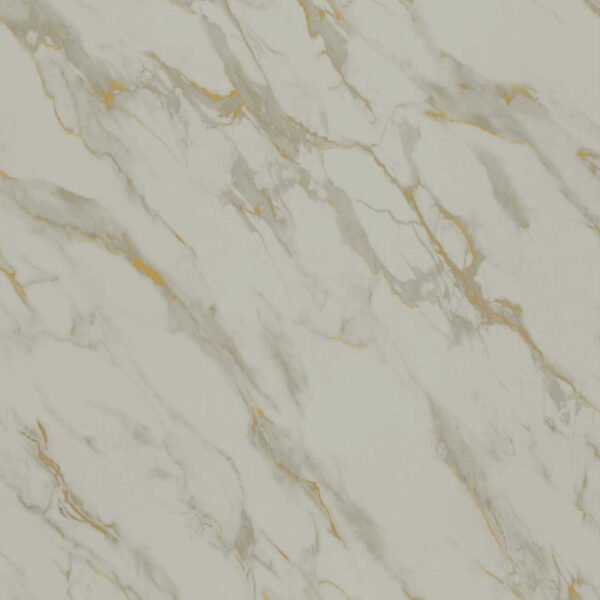
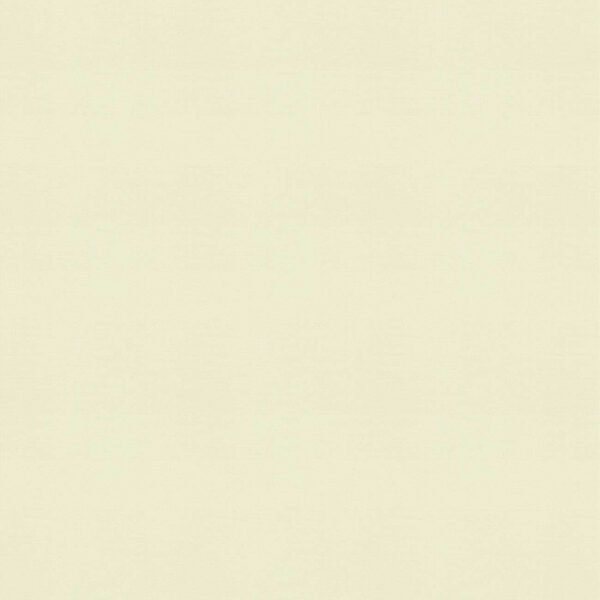
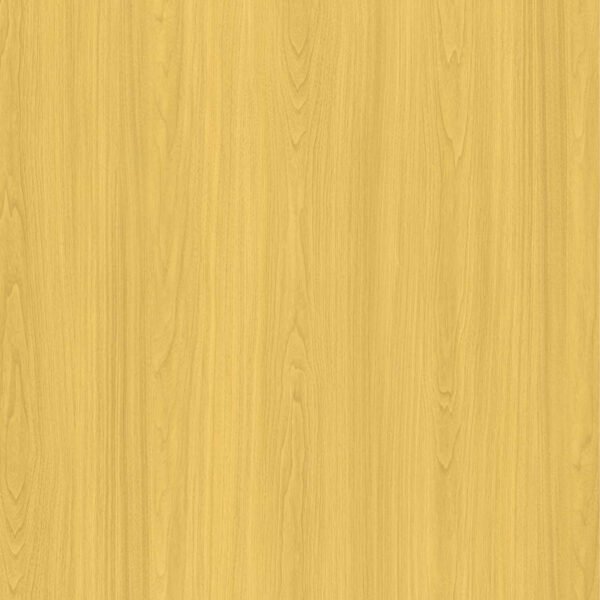


Leave a Reply